CONTENTS
Guide
Rachelle Katz, EdD, LMFT, is a licensed marriage and family therapist with more than 30 years of experience and the author of The Happy Stepmother, published in 2010. In addition to working with individuals and couples in her private practice, she coaches stepmothers and their partners, runs a monthly support group for stepmothers, and conducts workshops for stepcouples. She has appeared as a guest on several cable network shows and podcasts discussing stepfamily issues.
Rachelle received a BA. in psychology from Clark University, an MEd in counseling pychology from Boston College, an MA in clinical psychology from the New School for Social Research, and an EdD in family and community education from Teachers College, Columbia University. She is a clinical member of the American Association for Marriage and Family Therapy and the American Psychological Association.
Rachelle has been married for 28 years and has a 32-year-old step-daughter. She and her husband live in New York City.
THE HAPPY STEPCOUPLE
Published by Rowman & Littlefield
An imprint of The Rowman & Littlefield Publishing Group, Inc.
4501 Forbes Boulevard, Suite 200, Lanham, Maryland 20706
www.rowman.com
6 Tinworth Street, London SE11 5AL, United Kingdom
Copyright 2020 by The Rowman & Littlefield Publishing Group, Inc.
All rights reserved. No part of this book may be reproduced in any form or by any electronic or mechanical means, including information storage and retrieval systems, without written permission from the publisher, except by a reviewer who may quote passages in a review.
British Library Cataloguing in Publication Information Available
Library of Congress Cataloging-in-Publication Data
978-1-5381-3064-3 (cloth)
978-1-5381-3065-0 (electronic)
 The paper used in this publication meets the minimum requirements of American National Standard for Information SciencesPermanence of Paper for Printed Library Materials, ANSI/NISO Z39.48-1992.
The paper used in this publication meets the minimum requirements of American National Standard for Information SciencesPermanence of Paper for Printed Library Materials, ANSI/NISO Z39.48-1992.
T he Happy Stepcouple is designed to help couples with children from prior relationships thrive despite the complexity of stepfamily life. As you know, it isnt easy to form a relationship that doesnt begin with a clean slate. In fact, the number of issues you and other stepcouples juggle (financial constraints, ongoing conflicts with former spouses, disagreements about parenting styles, among many others) can make it downright challengingespecially since you may have had to face them before you and your partner had the chance to learn how to work well as teammates.
Because of the number of challenges stepcouples encounter, it probably wont surprise you to learn that they experience three times more stress than couples in first unions, and the stress is so intense that more than two-thirds break up within the first few years of committing to each other. This accounts for far more relationships than you might imagine.
In the United States, more than 42 million adults have married more than once. While it is not known how many of these remarriages form stepfamilies, estimates indicate that approximately two-thirds of remarried women are biological mothers or stepmothers, and about half of this group resides with stepchildren. This accounts for millions of women, and this figure considers only those who are remarried. Many more stepcouples choose to live together without being married, as cohabitation has become a more common alternative rather than a precursor to remarriage.
As the number of stepcouple relationships continues to multiply each year, so does the number of those that are short-lived. This is a problem of epidemic proportion that must be addressed since everyone in a family suffers when these relationships end.
There is some good news: if stepcouple relationships last longer than five years, the odds of staying together greatly improve. Even better news? By learning how to strengthen their emotional connection with each other, most stepcouples can withstand the trials and tribulations of stepfamily life and thrive within it. The Happy Stepcouple is a comprehensive and practical guide that will show you how.
This book is unique. Other self-help books focus on ways to overcome specific stepfamily challenges, such as boundary violations and insider/outsider issues (problems created when one partner is excluded from the inner family circle). Unfortunately, resolving these problems is only half the battle of restoring harmony between partners since it does not address and repair the real reasons why these relationships fail. The Happy Stepcouple offers a revolutionary approach to overcoming stepfamily problems and strengthening a stepcouples bond by examining the two primary reasons why so many of these relationships get in trouble. Want to know what these are, and what you need to do to prevent this from happening to you?
In my opinion, stepcouples experience problems because partners fail to understand, agree to, and fulfill each others unspoken needs and expectations. First, when expectations do not match up to ones reality, each partner becomes frustrated and disappointed. Second, the way they then communicate about their feelings inadvertently increases each others insecurity levels, damaging the most important ingredient in a relationshipfeeling safe and secure with each other. Both of these factors fray emotional bonds far more than the specific problems the couples encounter.
THE GENESIS OF THE HAPPY STEPCOUPLE
This project is a continuation of my interest in and work with step-families. Though I had been a licensed marriage and family therapist for several years, I only became aware of the unique challenges facing stepfamilies when I married my husband, who at the time had a four-year-old daughter. I believed, like many others, that over time our family would be indistinguishable from traditional ones, and I was surprised that my attempts to create an inclusive, loving home were met with such difficulty. I wondered if I was doomed to feel like an outsider forever and blamed myself for my familys inability to blend.
At the same time, I began to work with other stepmothers in my psychotherapy practice. I observed a common thread: just like me, they joined their new families with lots of enthusiasm, energy, and dedication but quickly became exhausted and depressed after failing to integrate their new families. While they understood it would take time to form a new family, they werent prepared for the task to prove impossible. They blamed themselves when family members didnt bond, and a pervasive sadness overtook their lives.
To better help these stepmothers overcome their depression, restore their self-esteem, and create happy families, I began researching stepfamilies, in general, and stepmothers, in particular. Only a limited number of books were available on this topic, so I decided to conduct my own research. I created a website called Steps for Stepmothers that included a space where stepmothers could give each other support and advice. To obtain more in-depth data, I asked them to fill out a lengthy questionnaire. To attract stepmothers, I advertised my new site on Google. Incredibly, more than 3,000 stepmothers answered the questionnaire within the first year, and another 3,000 filled it out by the second! From this research and from my experience as a psychotherapist and stepmother, I wrote The Happy Stepmother



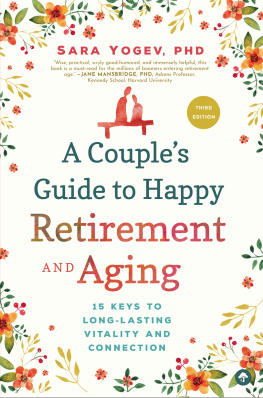
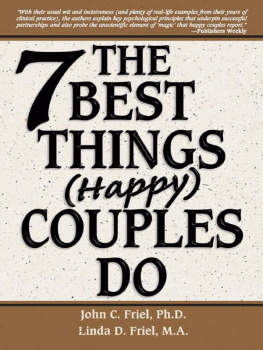

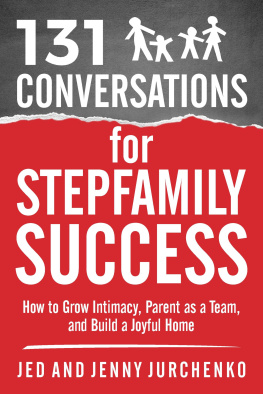
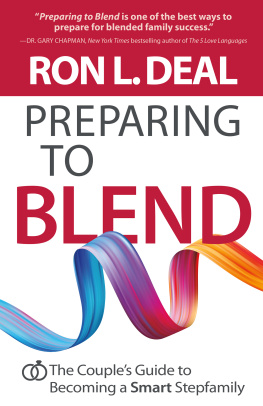
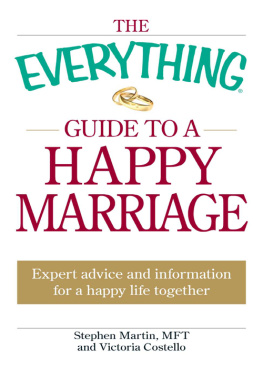
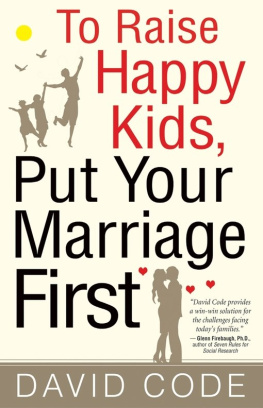
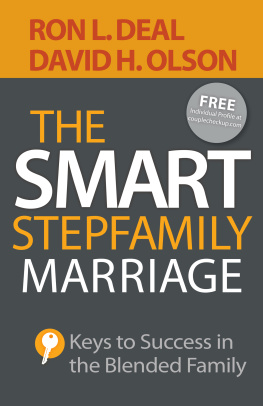


 The paper used in this publication meets the minimum requirements of American National Standard for Information SciencesPermanence of Paper for Printed Library Materials, ANSI/NISO Z39.48-1992.
The paper used in this publication meets the minimum requirements of American National Standard for Information SciencesPermanence of Paper for Printed Library Materials, ANSI/NISO Z39.48-1992.